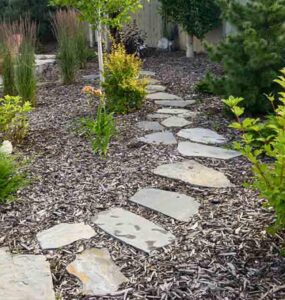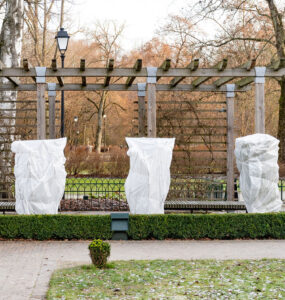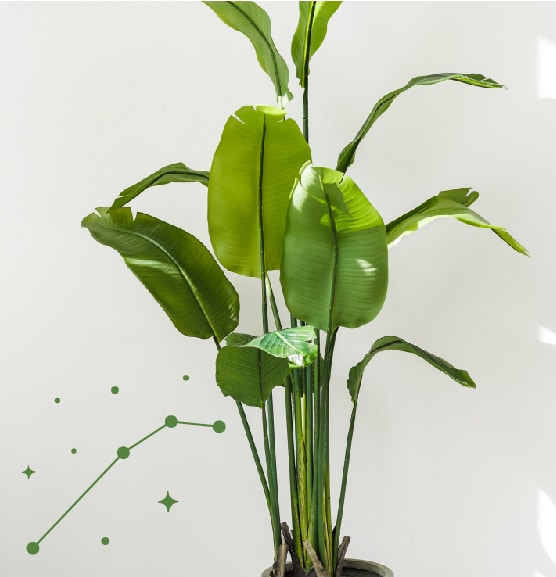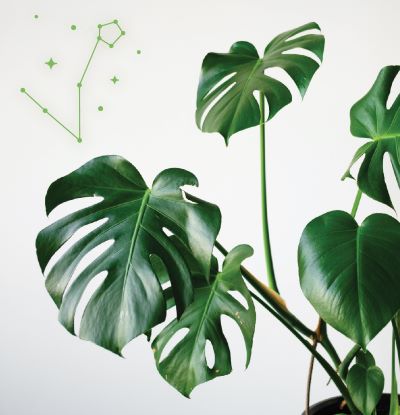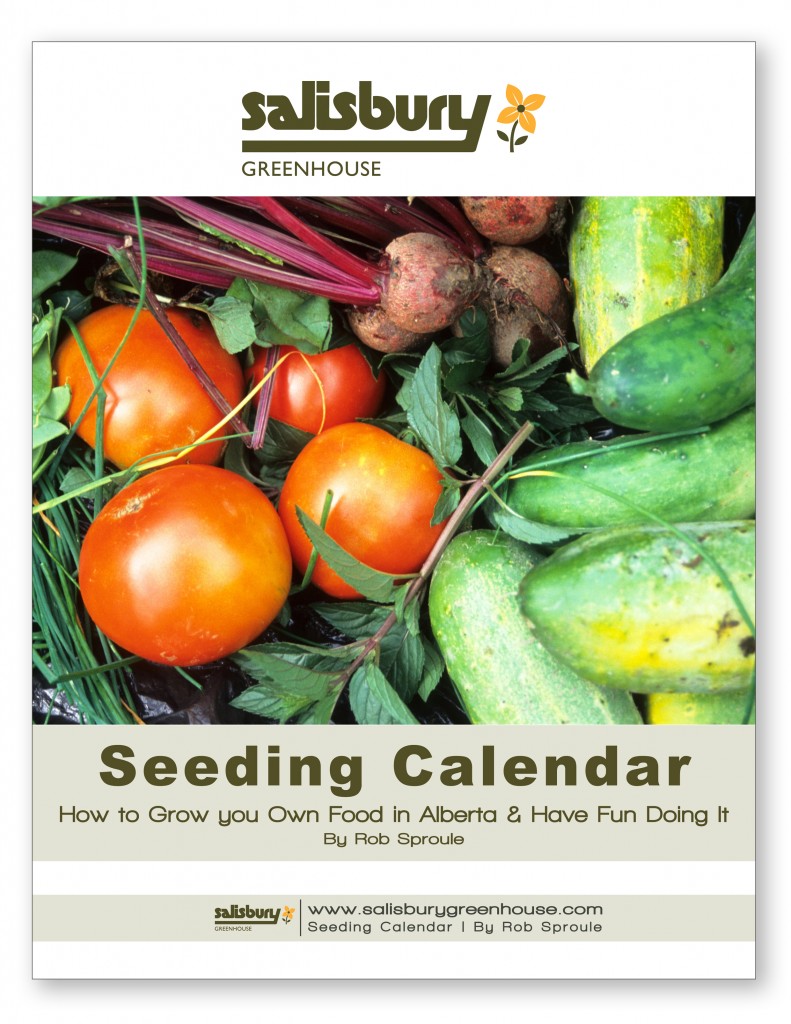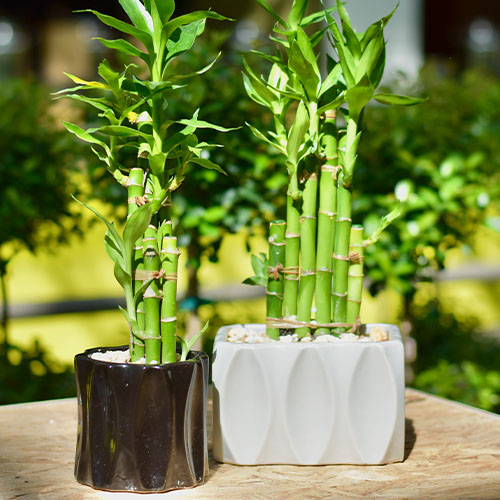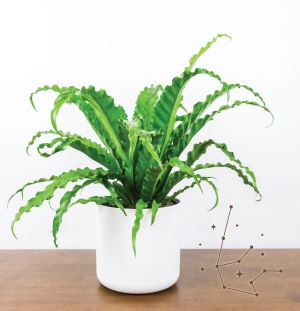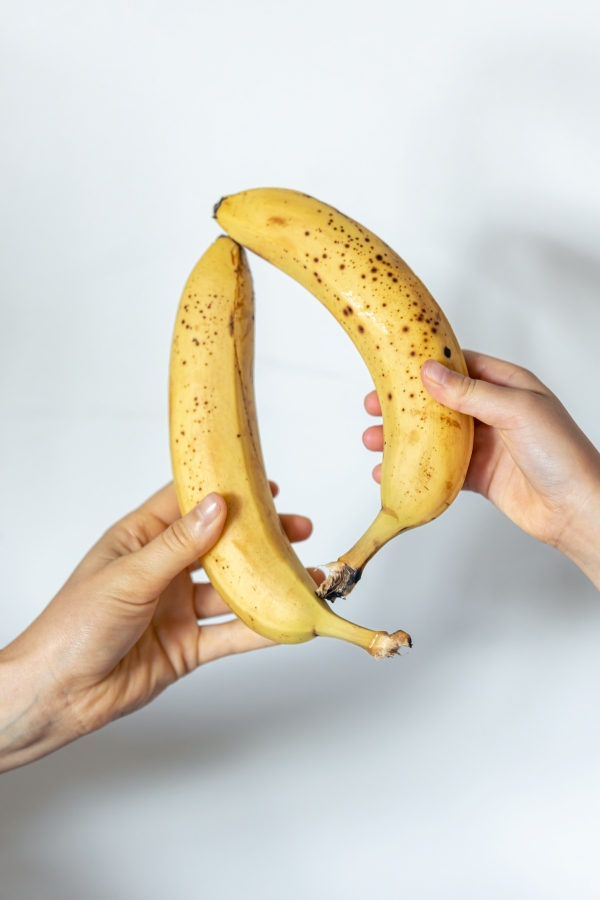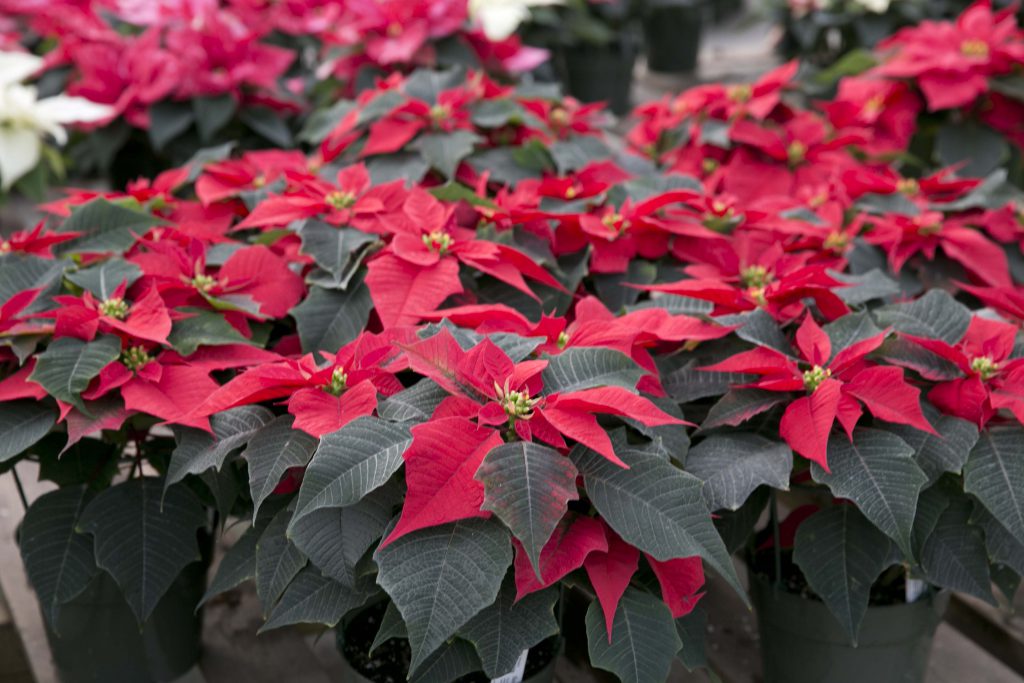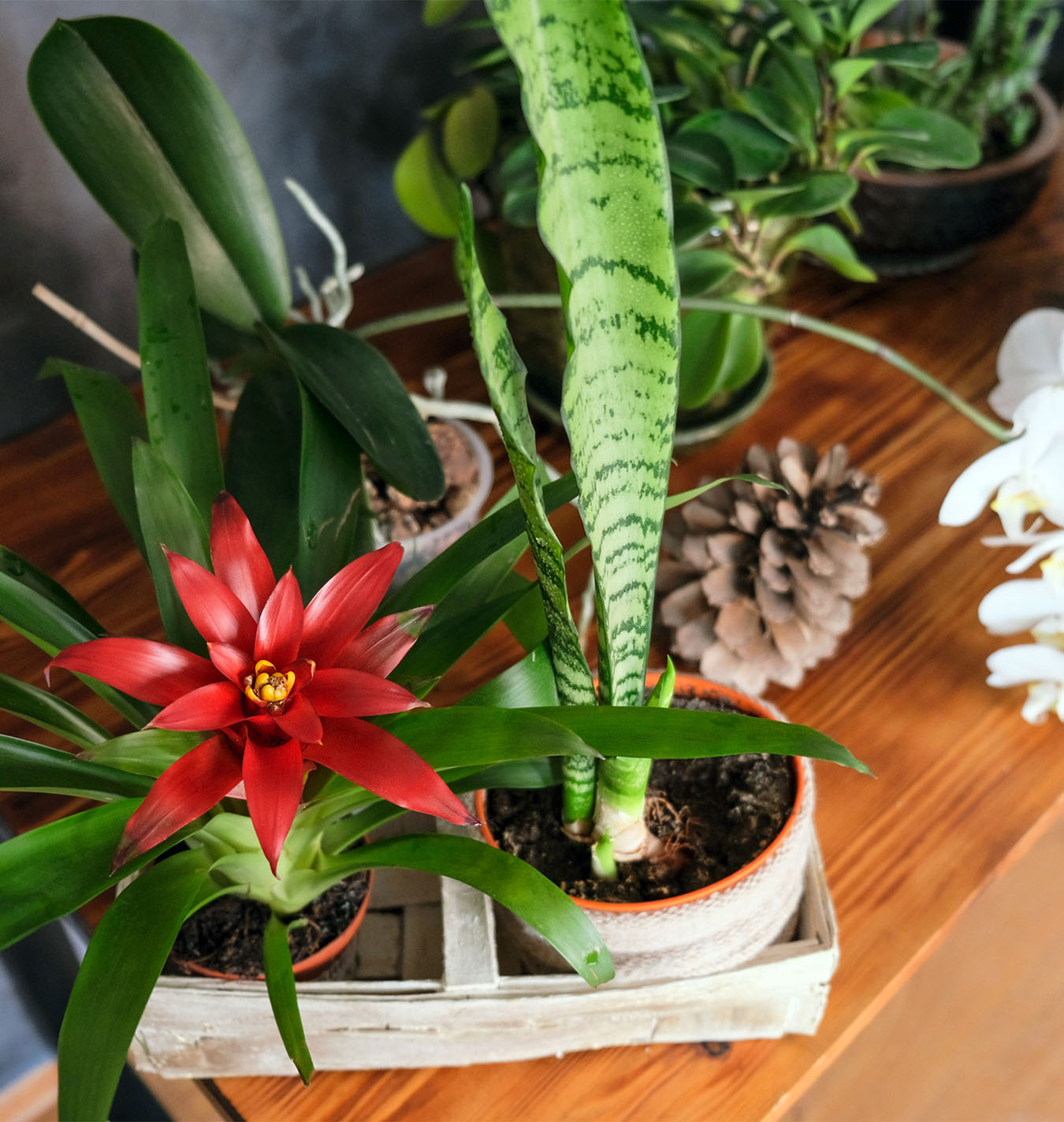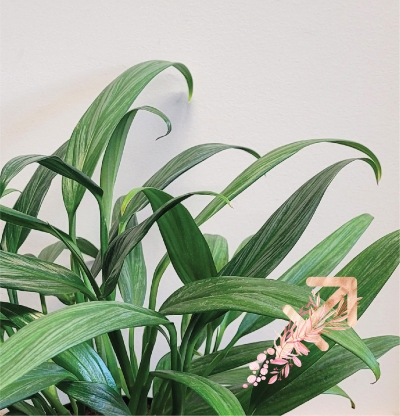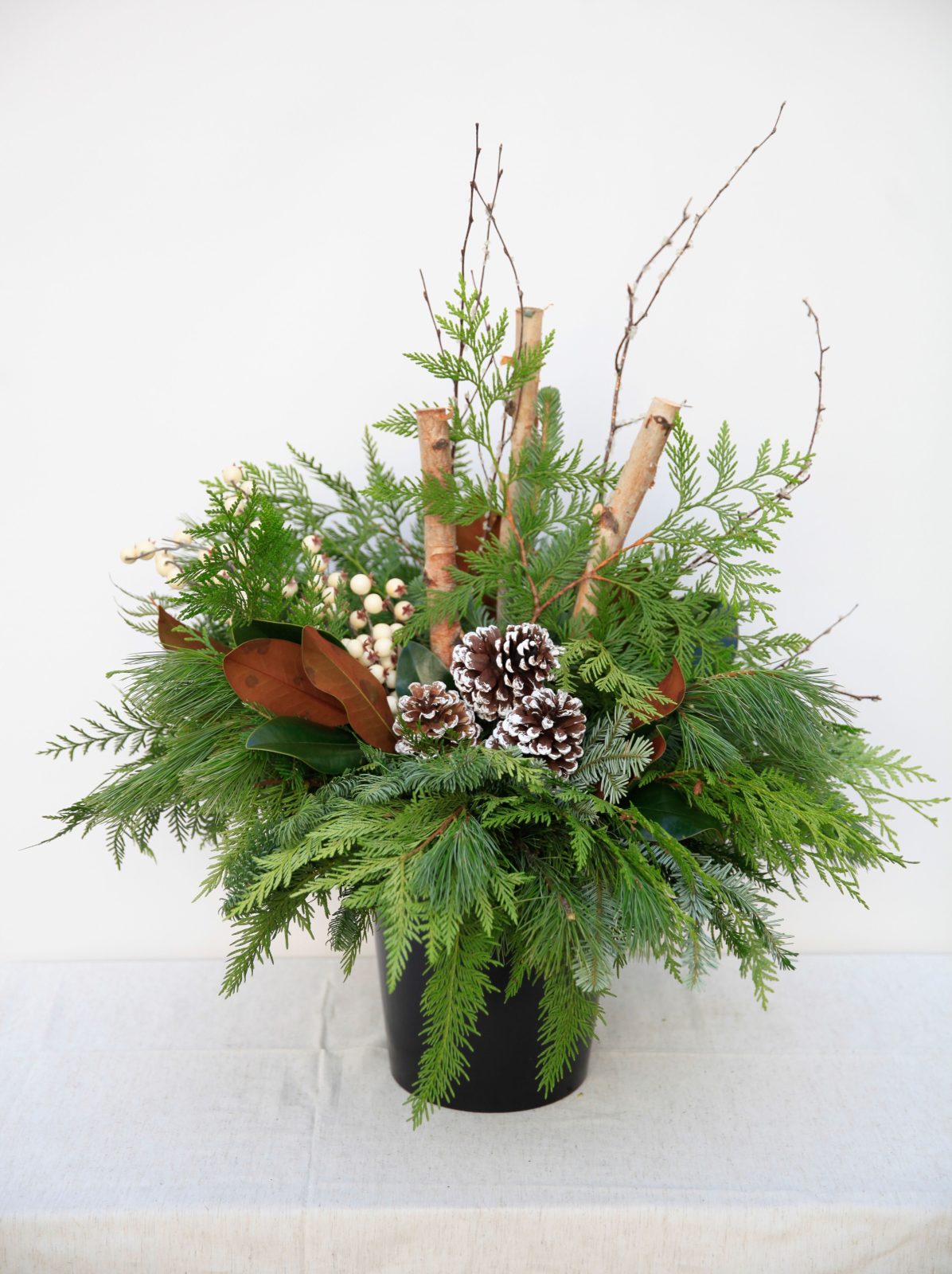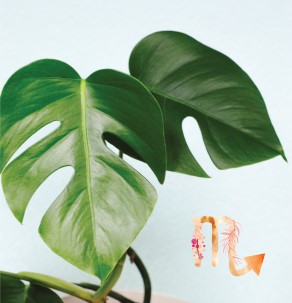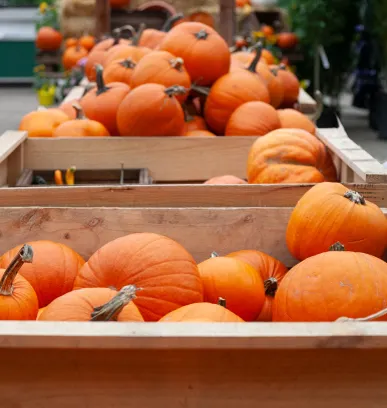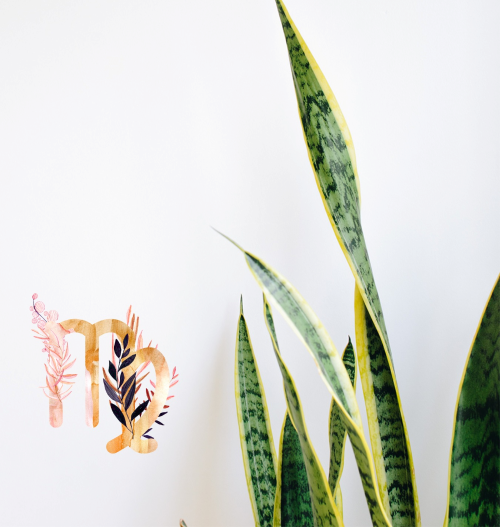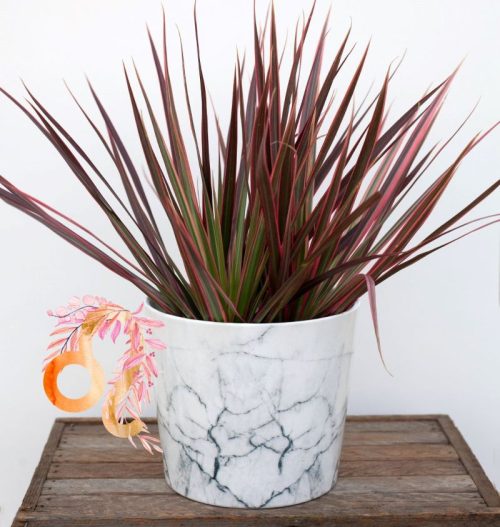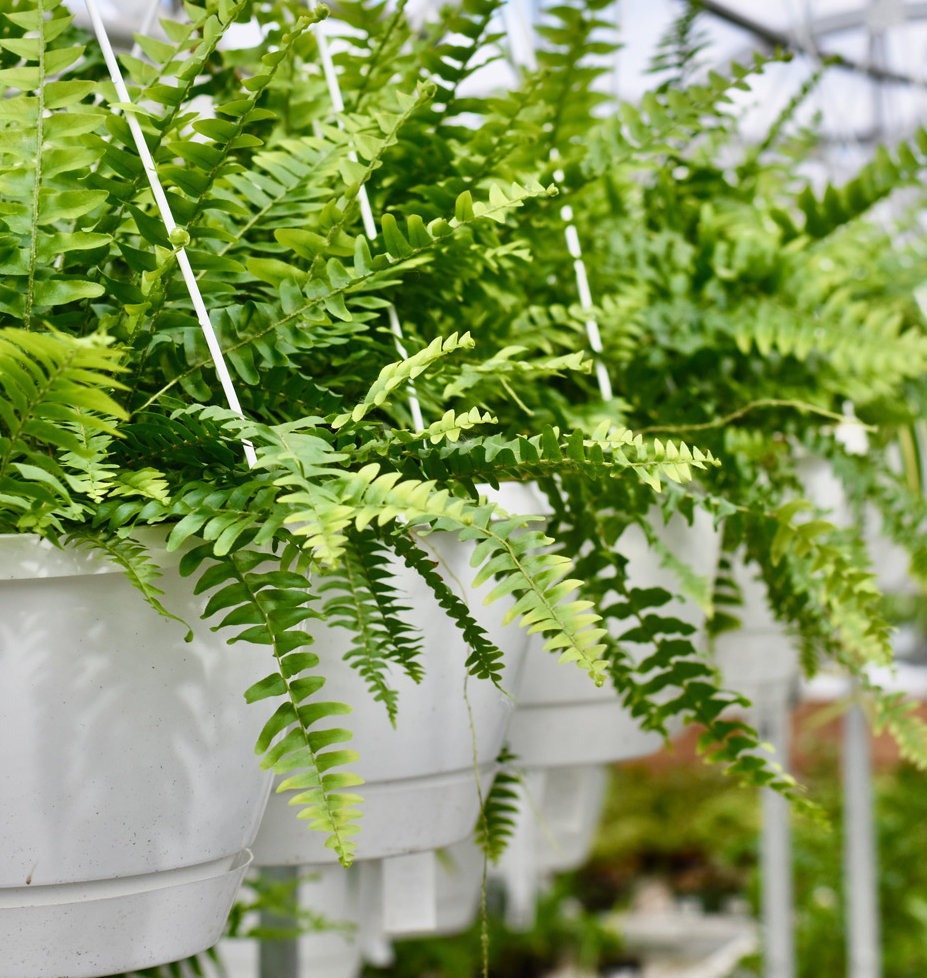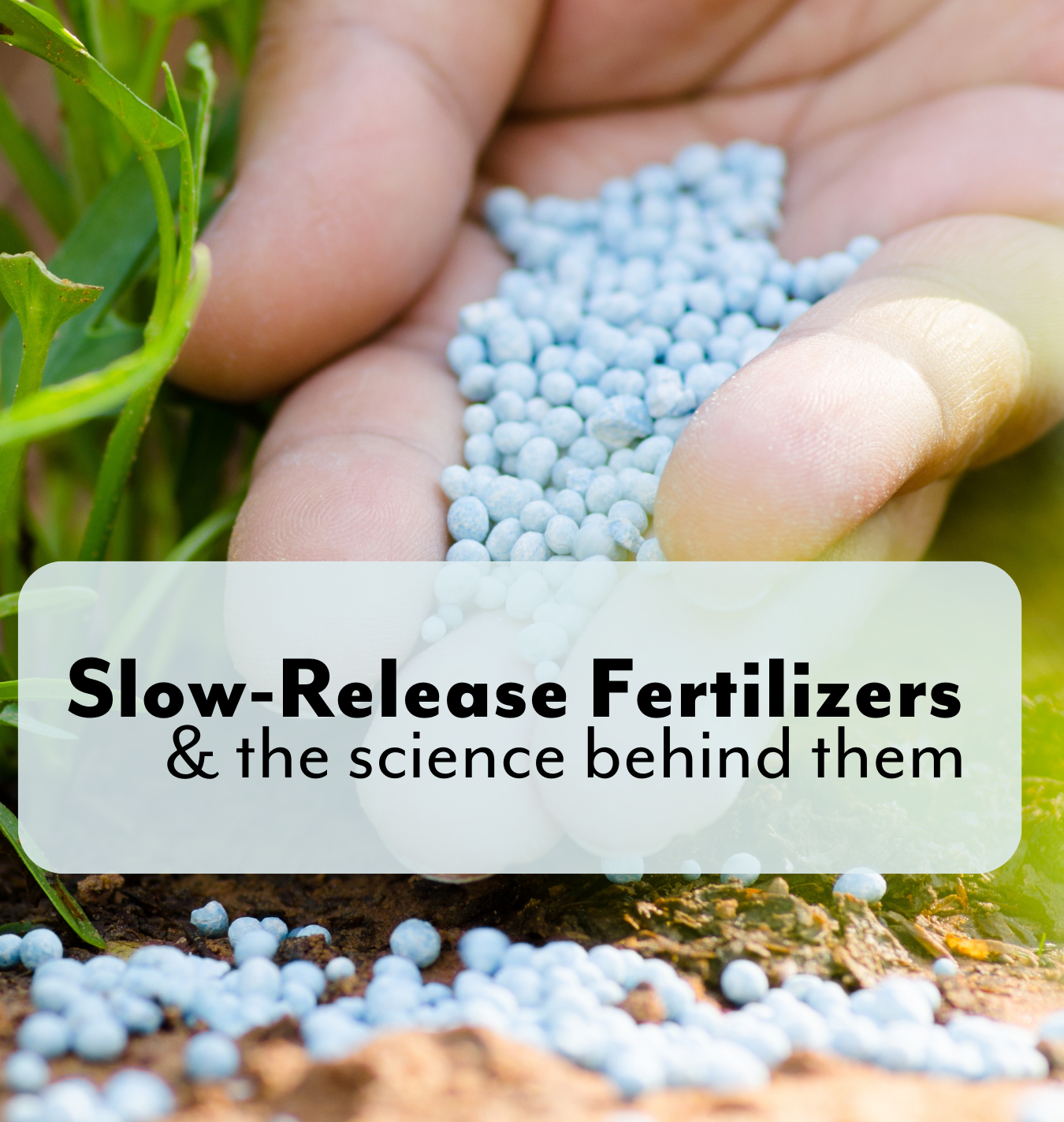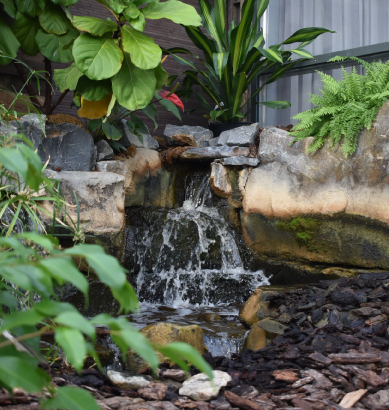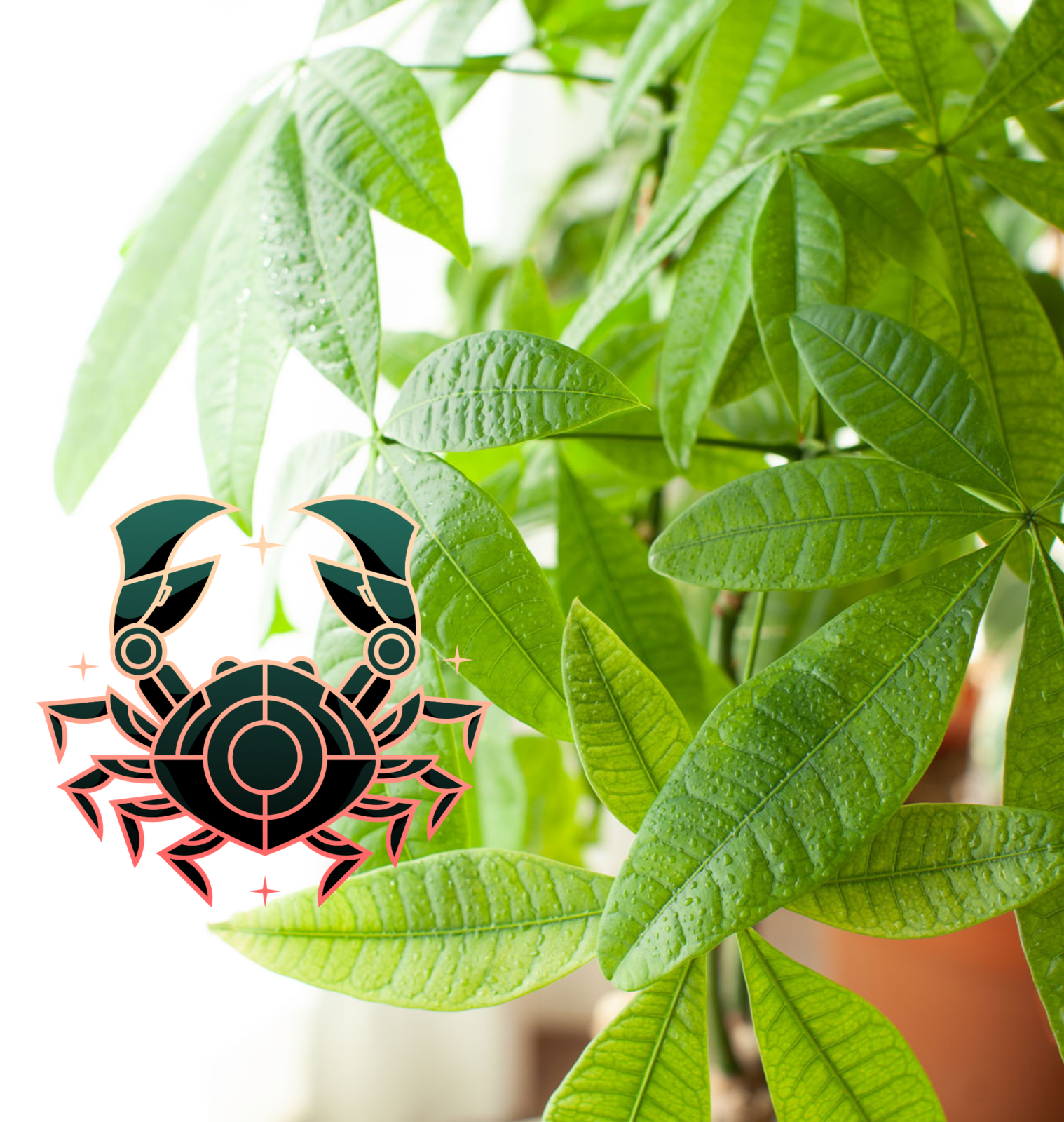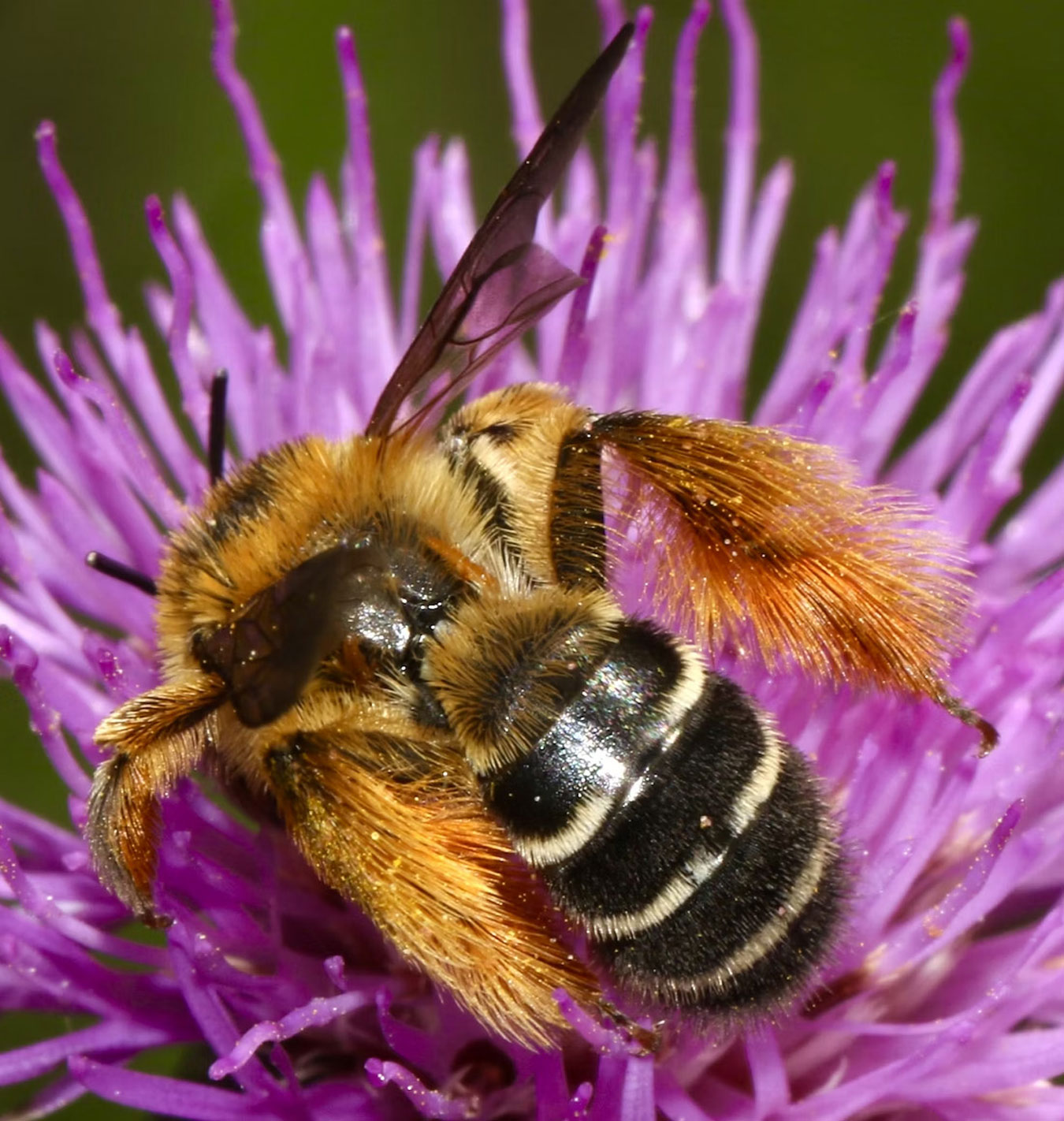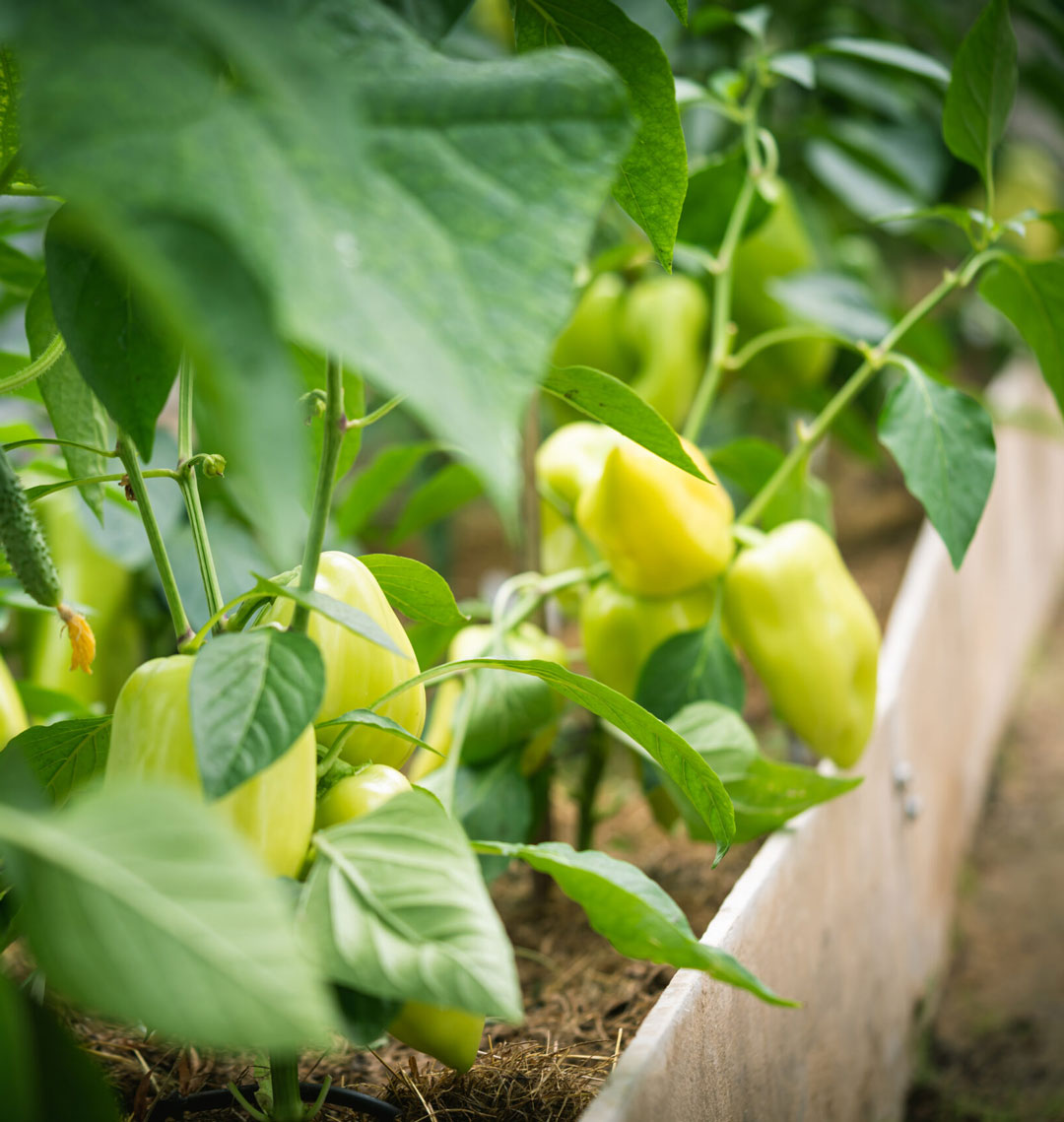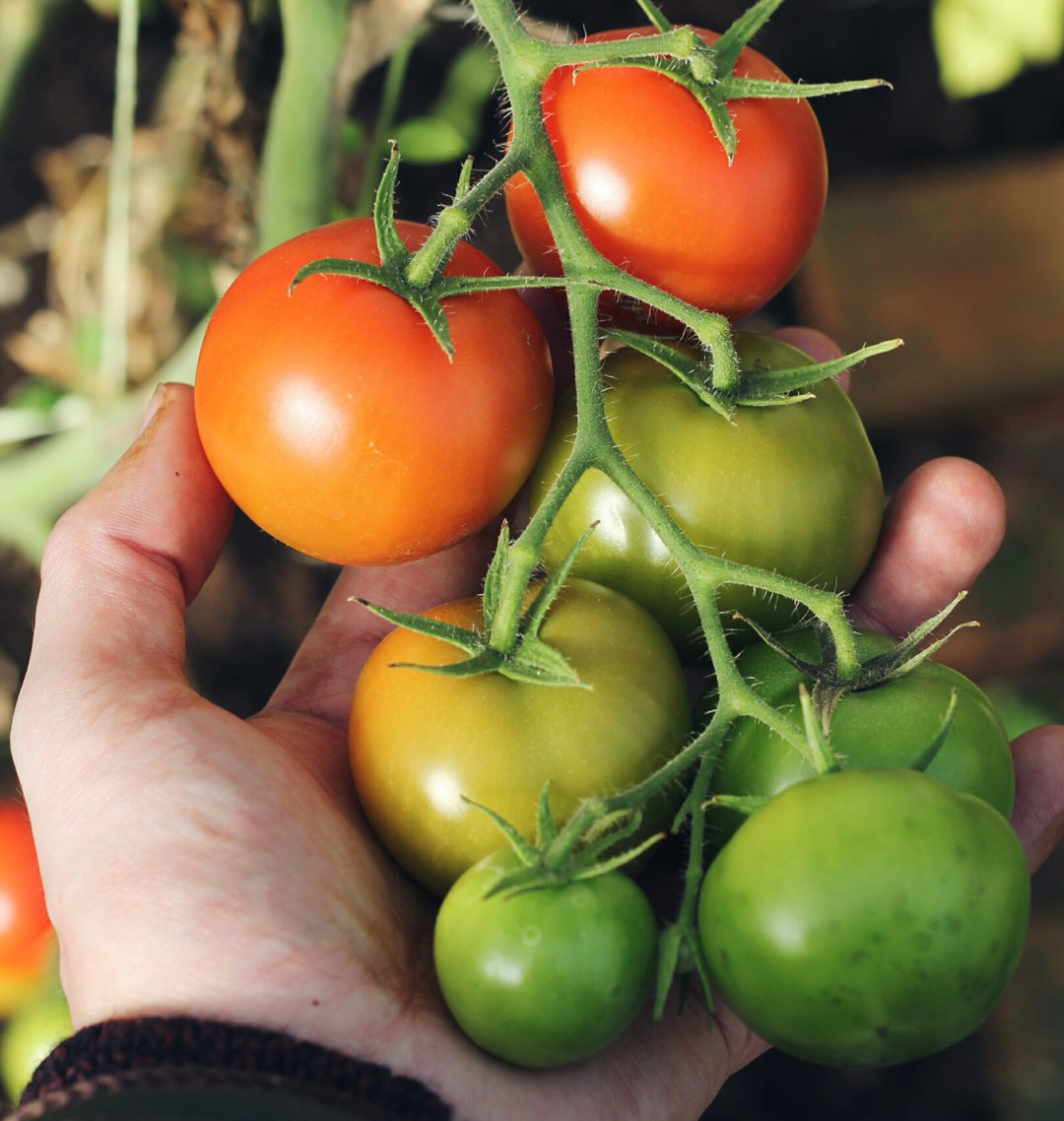
Container Garden University: Compatibility
By Rob Sproule
Gladiators Below
Aggressive Plants
Assertive Plants
Passive Plants
Inside every container garden there’s an epic battle being waged – even if it is happening on a scale that only plants can truly appreciate! Planting the right varieties of your favorite beauties will ensure that it’s a fair contest.
“Anything worth having is worth fighting for.”
“• Susan Elizabeth Phillips
When I was a teenager, I inherited a second hand, 30 gallon fish tank. I was giddy because I’d always wanted a soothing tropical fish tank, and hurried to the pet store to spend all my money.
Thinking that a fish is a fish is a fish, I bought a wide assortment of whatever caught my eye, including a lot of “˜Neon Tetras’ and a band of “˜Barbs’. I went to sleep that night excited that I finally had a fish tank to call my own, so you can imagine the horror when I woke up the next morning to find the tank full of shredded Tetra bits and some very pleased Barbs. The Barbs, an aggressive fish, had made short work of the passive Tetras.
Looking back, I had violated the cardinal rule of fish tanks: don’t put nasty fish in a closed space with nice fish. When you’re planting annuals, and especially when you’re container gardening, think of your container as a fish tank.
Your container is an enclosed space where different species, with different evolutionary backgrounds and learned behaviours, battle each other for control of needed sunlight and precious little water and nutrients. Within every beautiful summer container on a patio or a shepherd’s hook, there’s a merciless life-or-death struggle being waged.
Gladiators Below:
As serene as container gardens look, they’re little gladiator pits where only the strong survive. The fastest growing will spread its leaves wider to get the sun, grow its roots thicker to get the water, and bloom faster to attract the pollinators.
Compatibility is as important to consider as moisture requirements when deciding what to plant with what. Plunking the equivalent of a 90-pound gladiator in with a 250 pounder is just throwing your money away. Match them equally, and you’ll enjoy the beautiful fruits of their struggle all summer.
You can pair “Assertive” with either “Aggressive” or “Passive” as long as you keep the scissors handy for rescues, but pair the extreme types together and you’ll either be horrified at what happens, or strangely entertained…
Aggressive Plants:
Including many of the most popular and fast-growing container stuffers introduced in the last 10 years, these plants (almost always annuals) are just plain imperialistic and will grow quickly in an attempt to control as much space as possible. Assume the following will be very aggressive:
“¢ Designer annuals like Supertunias, million bells, and bacopa. They’ll be in a pot and usually have a big glossy tag.
“¢ Annual or Tropical vines
“¢ Grasses
Dig in with Alberta’s Best Gardening Blog for more lessons from Container Garden University!
Assertive Plants:
These plants will fight for their share of space but aren’t out for world domination. In an unsupervised fight against an aggressive plant, they will lose, just as they will eventually begin muscling a passive plant out of their way.
Here are the most common “assertive” container stuffers:
“¢ Old-school annuals like petunias, alyssum and pansies. You’ll often find them in 4- or 6-packs
“¢ Most perennials
“¢ Herbs and most edible plants
Passive Plants:
These are plants that grow slowly or sometimes barely at all. They include many unorthodox container ingredients, often houseplants that find their way outside.
Passive plants tend to cost more, and are often plants you’ll want to keep year after year by bringing them inside in the fall. If you pair them with Aggressive plants, you’re asking for trouble. Here are some common, and gorgeous, passive plants:
“¢ Succulents and cactus
“¢ Houseplants like crotons, bromeliads and orchids
“¢ Terrarium plants like tiny ferns, mosses and pileas

